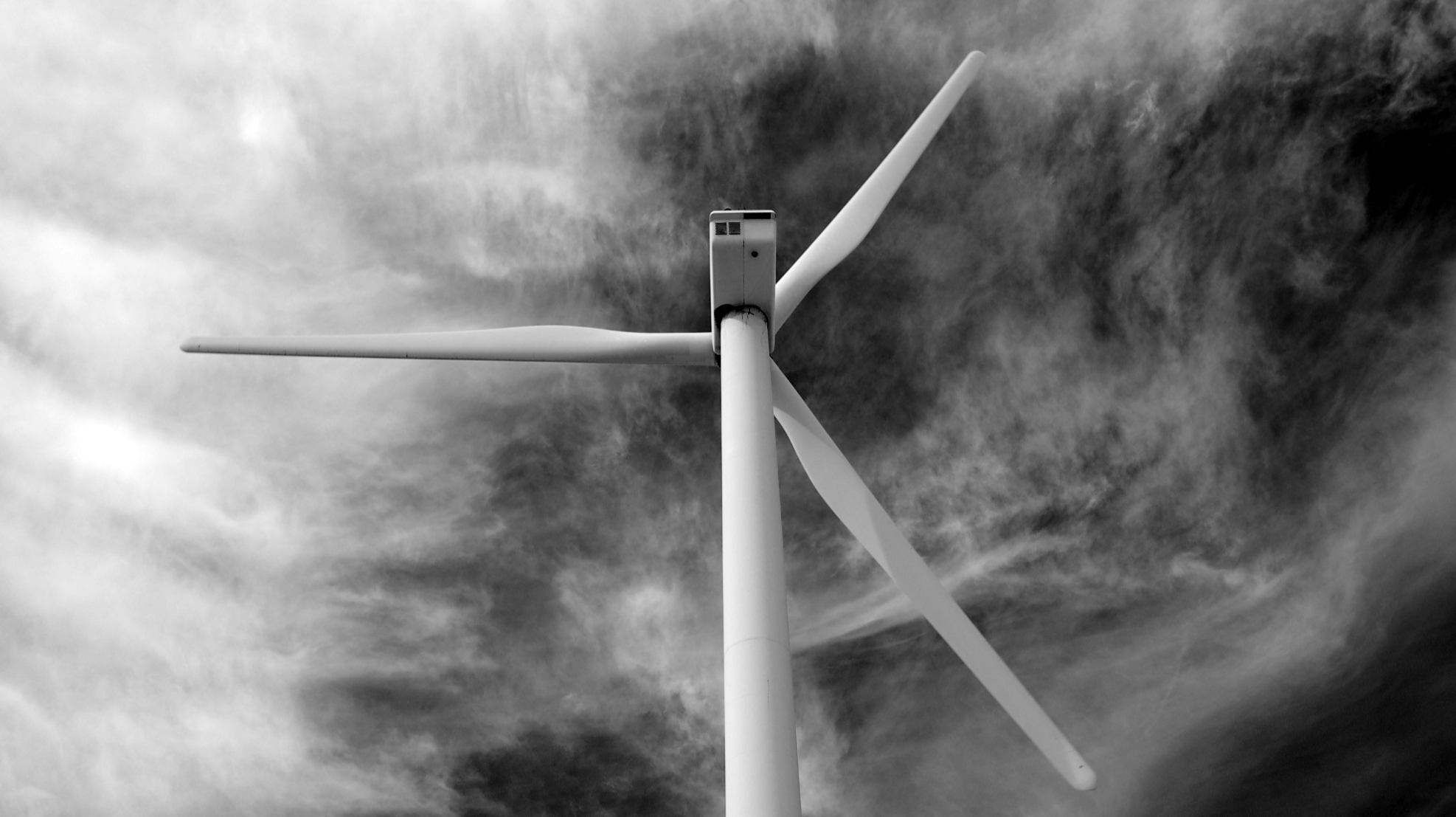Progress made towards net zero varies greatly across the globe. Nations in the Global North are putting significant emphasis on renewable energy and climate policy. While noting the undeniable importance of these efforts, one must not lose sight of the continued role of conventional fuels for maintaining and improving standards of living, particularly in parts of the Global South. Striking the delicate balance between these two pre-requisites sits at the very heart of delivering a just transition for all – and not least the 1.7 billion people the International Energy Agency (IEA) estimates are living self-sufficiently with no access to public utilities.
The currents of change can be felt across the whole spectrum of the energy industry. And the liquid gas sector is no exception. With New York Climate Week underway, it is an opportune moment to reflect on the critical role of liquid gas or LPG for millions of people – and to examine how innovate technologies are transforming this solution into a key source of entirely sustainable power.
Liquid gas is already a critical pillar of the energy mix for many nations. It provides low cost, low emission, and easily transportable energy to rural communities across the globe. Many of these are off-grid settlements located in the Global South. And for many of these hard-to-reach locations, liquid gas is the sole dependable source of energy, acting as a lifeline for people of all ages and a clear driver of socioeconomic development.
These off-grid communities are among those most at risk of being left behind by the energy transition. While some areas are already benefitting from renewable energy sources, it remains a distant solution for many. Solar and wind installations require a robust and modern power grid, can be costly to transport, and install and struggle to deliver consistent energy. Operational and maintenance costs can vary significantly, and energy storage continues to pose a tricky problem. These factors all point to a continued demand for liquid gas.
Yet the choice between renewable solutions and liquid gas need not be a binary one. Already, the liquid gas industry is making big strides to support the global energy transition while continuing to drive development in some of the world’s poorest nations. An emerging energy source – renewable liquid gas (rLG) – is quickly gaining traction globally.
rLG is created entirely from renewable and waste materials – including various oils, plant, and other vegetable matter. These feedstocks undergo a series of processes to distil their energy content and have a physical and chemical properties similar to conventional LPG. Feedstocks are abundant and can be aligned with local market needs and availability of products.
Importantly, rLG brings all the benefits of conventional LPG, while also supporting a carbon-neutral future. In fact, it can reduce emissions by 70 – 80% when compared to conventional LPG (which already demonstrates a comparatively low emissions profile, for example LPG offers 15% lower greenhouse gas emissions than heating by fuel oil), also releasing a far lower concentration of air pollutants and improving indoor air quality.
rLG brings with it the potential for decarbonisation across myriad applications and contexts, without the need for disruptive and expensive changes in infrastructure or technology. Indeed, wherever LPG is currently used, rLG can be deployed with no material changes to infrastructure. And critically, rLG is not just a distant concept. With the backing of numerous companies, it is already being produced through an array of renewable feedstocks and deployed in a variety of contexts.
Last week, new projections by the IEA predicted stark changes in fuel consumption habits in the coming decade. Executive Director, Fatih Birol, heralded the “beginning of the end” of the fossil fuel era. Viewed in the context of the LPG industry, it would be more appropriate to welcome a period of necessary – and hugely exciting – evolution. Thanks to pioneering technological solutions, our industry is on track to experience not so much its ‘end’, as a renewable renaissance.
The LPG industry is no stranger to decarbonisation; the sector is moving at pace to develop effective, zero-carbon solutions for use globally. This momentum will only continue to grow.
Written by James Rockall, CEO and Managing Director of the World Liquified Petroleum Gas Association (WLPGA).
 Pages you might like
Pages you might like




 Today's topic
Today's topic







 Latest information
Latest information
 Follow official account
Follow official account
 Online support
Online support
 鄂ICP备2022017323号
鄂ICP备2022017323号
 鄂公网安备 42018502006493
鄂公网安备 42018502006493
 Launch Exhibition
Launch Exhibition
 Release information
Release information








